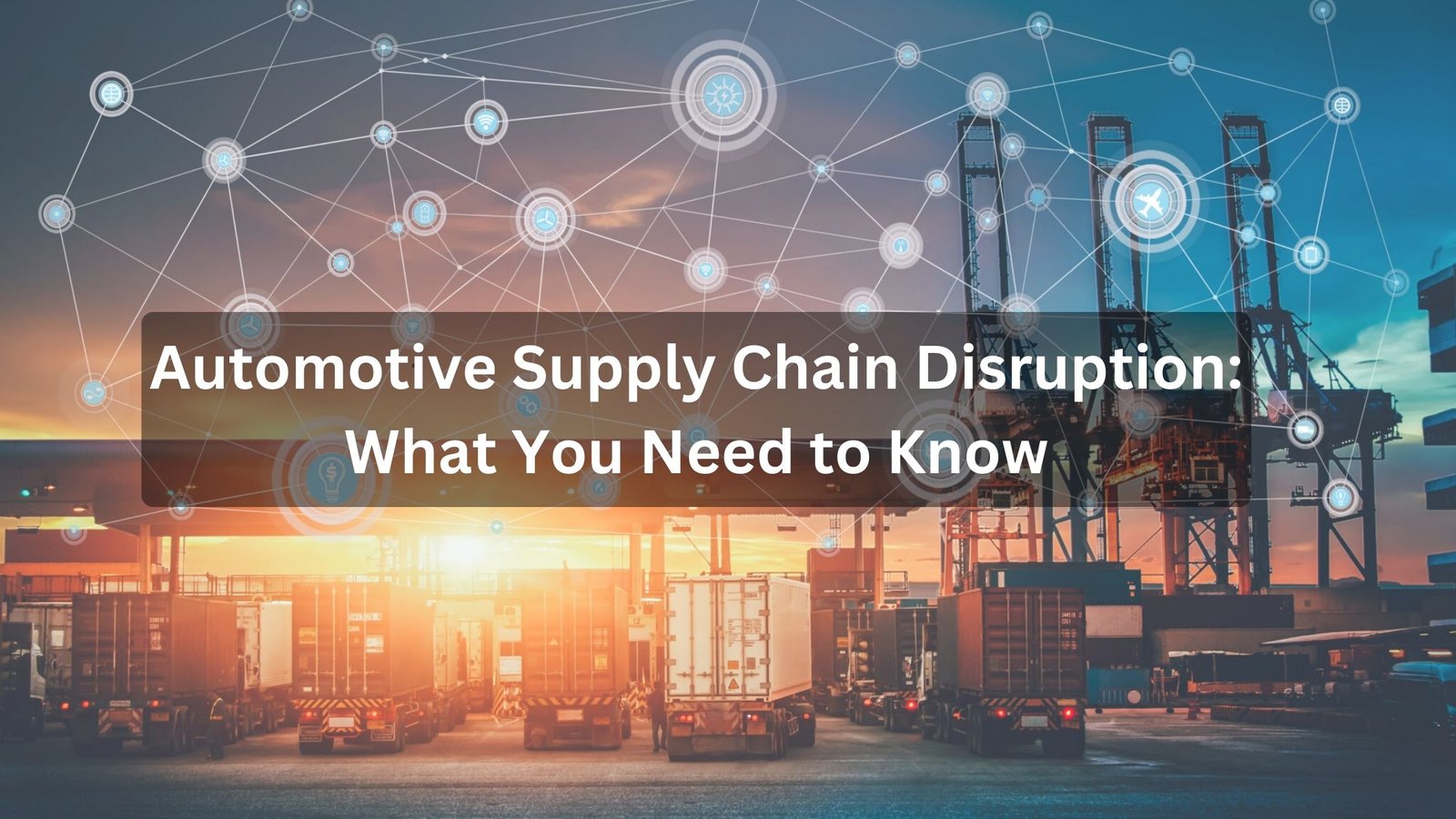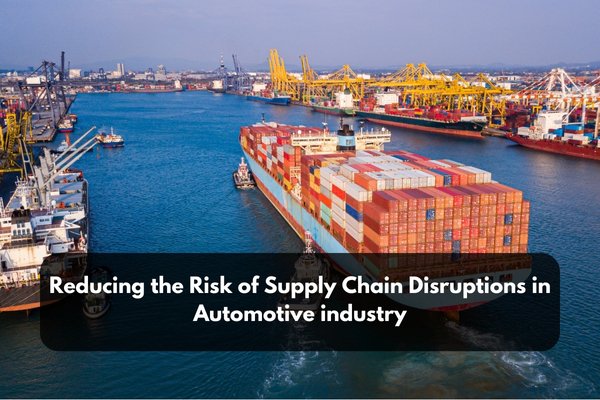
Supply chain disruption in the automotive industry means when unexpected problems or issues mess up the process of making cars. This can happen because of things like global complications, not having enough materials, trouble with getting things from one place to another, or even unexpected events like big natural disasters or political trouble. When the supply chain gets messed up, it can slow down making cars, make it cost more, and make it hard to give people the cars they want when they want them. So, it’s really important for the car industry to find ways to deal with these problems and keep things running smoothly.
10 Key Issues of Supply Chain Disruption in Automotive Industry
1. Globalization complexities
The automotive supply chain is highly globalized, with parts and components sourced from different countries and regions. This complexity can lead to challenges in coordinating and managing the supply network, especially when issues arise in various parts of the world. Effective risk management is necessary to address these complexities and ensure the supply chain operates smoothly.
2. Shortages of critical materials
The automotive industry relies on a wide range of materials, including metals, plastics, and electronic components. Shortages or constraints in the availability of these materials can significantly disrupt production and lead to delays in delivering finished vehicles to customers.
3. Transportation challenges
Efficient transportation is crucial for the automotive supply chain. Issues such as port congestion, rising shipping costs, and transportation capacity constraints can result in delays in the delivery of parts and finished vehicles, affecting production schedules and customer deliveries.
4. Supplier reliability
The automotive supply chain relies on a vast network of suppliers. If one or more of these suppliers encounter problems, such as bankruptcy, quality issues, or labor strikes, it can disrupt the flow of critical components and materials.
5. Quality control:
Ensuring consistent quality across a global supply chain is a challenge. Variations in quality can lead to production delays and increased costs as defective parts must be identified and replaced.
6. Lead time variability
Lead times for components and materials can vary, especially when sourced globally. Fluctuations in lead times can make it difficult to plan production schedules effectively.
7. Regulatory compliance
Different regions have various regulatory requirements related to safety, emissions, and other factors. Ensuring compliance with these regulations across a global supply chain can be complex and costly.
8. Demand volatility
The automotive industry is subject to fluctuations in consumer demand. Sudden shifts in demand, such as those experienced during the COVID-19 pandemic, can catch supply chains off guard, leading to either excess inventory or shortages.
9. Geopolitical factors
Political instability, trade disputes, and changes in government policies can impact the flow of goods across borders. These factors can disrupt supply chains, particularly in regions where automotive production is concentrated.
10. Natural disasters and climate change
Natural disasters like earthquakes, hurricanes, and floods can damage infrastructure, disrupt transportation networks, and impact suppliers’ ability to produce and deliver goods. Climate change-related events, such as extreme weather, can also pose risks to the supply chain.
Addressing these key issues and problems requires a combination of strategies, including risk mitigation, diversification of suppliers, improved visibility into the supply chain, and agile production processes. The ongoing instability in the global supply chain, combined with stretched balance sheets, poses a huge threat to the automotive supply business, which is already struggling. By proactively managing these challenges, the automotive industry can enhance its resilience and better navigate supply chain disruptions.
Key Solutions To Overcome Problems in the Automotive Supply Chain
To solve supply chain problems effectively, consider these three key strategies
1. Enhance visibility and transparency
Implement technologies and systems that provide real-time visibility into your supply chain. This includes using tracking and monitoring tools, such as RFID, GPS, and supply chain management software. With greater visibility, you can quickly identify bottlenecks, delays, or disruptions, enabling you to respond promptly.
2. Diversify suppliers and develop strong partnerships
Reduce reliance on a single source for critical components or materials. Diversify your supplier base to spread the risk. Establish strong relationships with your suppliers through open communication, collaboration, and mutual understanding of expectations. This can help in resolving issues more smoothly when they arise.
3. Implement robust risk management plans
Create comprehensive risk management plans that address potential disruptions. Identify potential risks such as natural disasters, geopolitical events, or economic fluctuations. Develop contingency plans that outline specific actions to take in response to various disruptions. Regularly review and update these plans to ensure they remain effective.
Overcoming supply chain issues in the automotive industry is like navigating a complex maze, where resilience and innovation pave the path to success. By focusing on visibility, diversification, and risk management, you can proactively address and solve supply chain problems, helping to ensure the resilience and efficiency of your supply chain operations.
Finally, when it comes to navigating supply chain disruption in the automotive industry, it’s all about finding smart solutions and working together. By staying prepared, using technology, and building strong partnerships, we can keep the wheels of the automotive supply chain turning smoothly, even when faced with challenges. Proactive strategies like diversification, increased visibility, and comprehensive risk management, on the other hand, may help reduce these difficulties, assuring a more stable and adaptable supply chain in the future.


